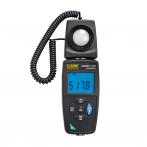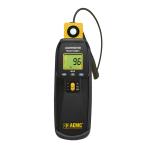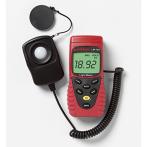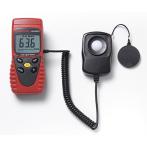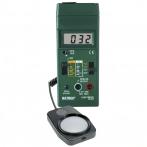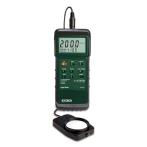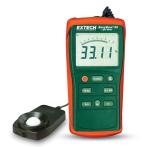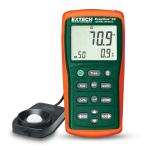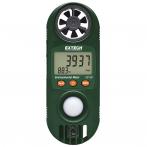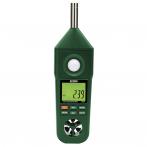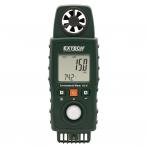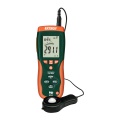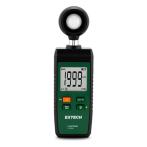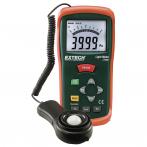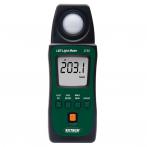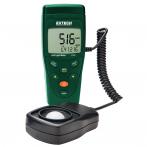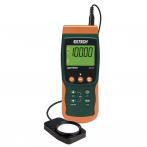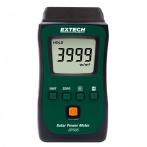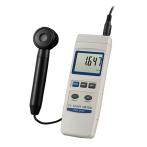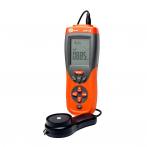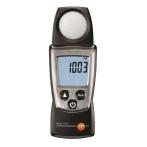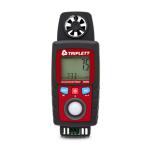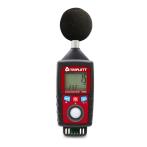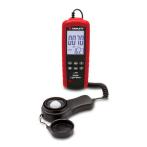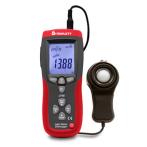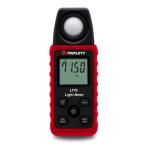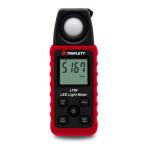Light Meters, also called Illuminance Meters, are designed for measuring the amount of visible incident light illuminates a surface from a variety of light sources, unlike a luminance meter, which measures the light being emitted from a particular area.
Illuminance is basically another word for brightness. However, the term brightness should not be used for quantitative description. Therefore, we say illuminance. Today illuminance meters can effectively measure most types of visible light. For LED light sources, make sure the meter specifications specifically state that it is suitable for LED light sources.
Basic Light Meters are typically used to measure the illumination level in the interior of a building such as an office. The user is then able to make the best decision to either reduce or increase the output level of lighting fixtures in the building. This reduces the energy burden of the building by significantly increasing the efficiency of its lighting system. These light meters measure visible light in lux and foot-candles (fc). Many of these meters also incorporate other environmental measurement functions such as air temperature and relative humidity.
Advanced Light Meters have additional features that are designed for R&D and other applications where higher accuracy is required. In particular look for these manufacturers for higher accuracy Light Meters:


